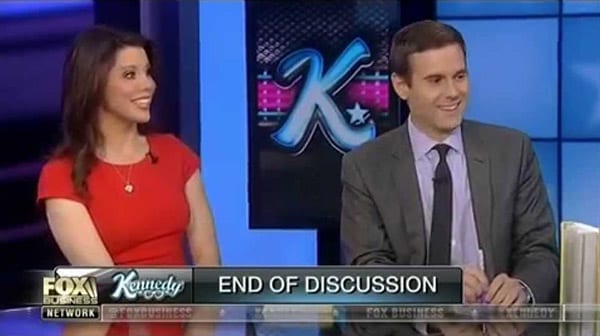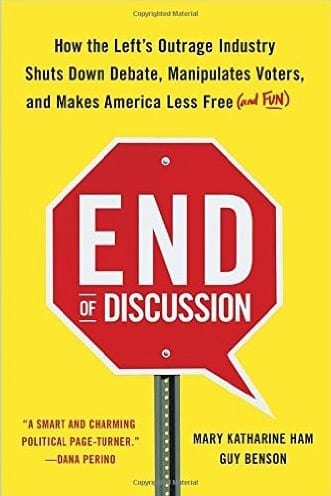
Happy Washington’s Birthday! Or Presidents’ Day. Or President’s Day. Or Washington’s and Lincoln’s Birthday.
Whatever you call it, the holiday offers a chance to check in with liberals’ targeting of the Electoral College. There are four bills before the legislature that would hand New Mexico’s five EC votes not to the candidate who garners the most support in the Land of Enchantment, but the victor in the national contest for votes.
SB 42, SB 54, and SB 102 make the adoption of the “Agreement Among the States to Elect the President by National Popular Vote” statutorily, while SJR 7 submits the idea to voters for possible addition to the state constitution.
There are plenty of strong arguments against electing the nation’s chief executive by popular vote. Probably the best criticism is that those pushing to do so today are solely concerned with politics. The GOP’s nominees in 2000 and 2016 lost the popular vote, but won the EC, and Democrats don’t like that — thus, their push to change the rules of the game. But the nation’s demographic profile is changing rapidly. The citizenry is aging, the birthrate is cratering, the South and West continue to draw refugees from California and the Northeast, and the future of immigration is anyone’s guess. The popular-vote advantage Democrats enjoy today might not last. Why let the vicissitudes of short-term politics usurp a provision enshrined in the U.S. Constitution?
As for the charge that the EC is an affront to democracy, the left-leaning Brookings Instruction’s Richard Lempert noted: “Built into our system of checks and balances are several undemocratic institutions, most notably our entire judiciary. Also several procedures, including amending the Constitution and overriding presidential vetoes require supermajorities. The nation seems to have survived these limitations on majoritarian democracy reasonably well, enduring, perhaps in part, because of them.” The Cato Institute’s Roger Pilon, a libertarian, concurred, writing that the Framers “were no friends of direct democracy. Indeed, they feared undiluted majoritarian rule almost as much as royal rule. They put liberty first, with democracy as one, but only one, means toward securing it.”
Diluting the power of large-population states is another reason to eschew EC “repair.” Grabbing big numbers of votes in a few key states might make entire areas of the country irrelevant. (Why bother with the concerns of the Intermountain West, for example, when the region’s eight states have fewer total votes than California alone?) Writing in the The Los Alamos Monitor, Bob Morgan predicted that the end of the EC would encourage candidates to “spend even more of their time and money on the big cities where most voters reside. New Mexico, which has never been more than a quick pit stop on the campaign trail, will become a mere administrative unit in a monolithic national government. End running the Electoral College is another step toward the increasing concentration of political power in the largest urban states, accelerating the decline of the more thinly-populated states into the status of imperial provinces.”
An intriguing final note about the campaign against the EC in the Land of Enchantment: Sen. Pat Woods (R-Broadview) has drafted a bill to adopt the presidential architectures in place in Maine and Nebraska. It would award EC votes by congressional district, with the statewide winner grabbing two EC votes. As Americans currently cast their ballots, the change would benefit the GOP, and thus, skepticism is warranted. (Besides, SB 127 has no chance of passage in a legislature controlled by Democrats.) But it’s an interesting concept — one that makes the EC more democratic, while not turning the presidential contest into a national plebiscite. An opportunity, perhaps, for compromise?
Not much action has been taken on popular-vote legislation so far, but the 2017 session is only half over. As the left’s hatred of “that man in the White House” intensifies, look for at least one of the bills to win approval from both chambers.
Update: Prediction confirmed! SB 42 has passed the Senate, 26-16, on a party-line vote.

























